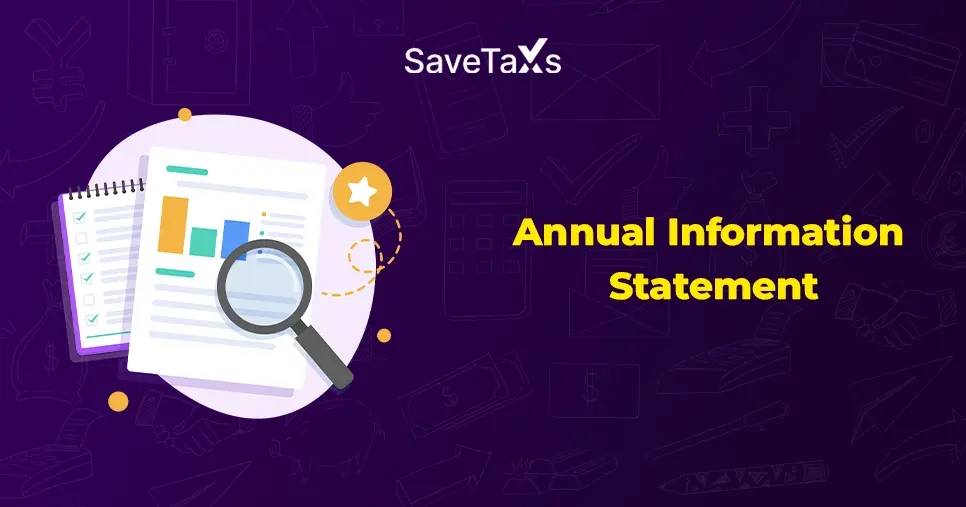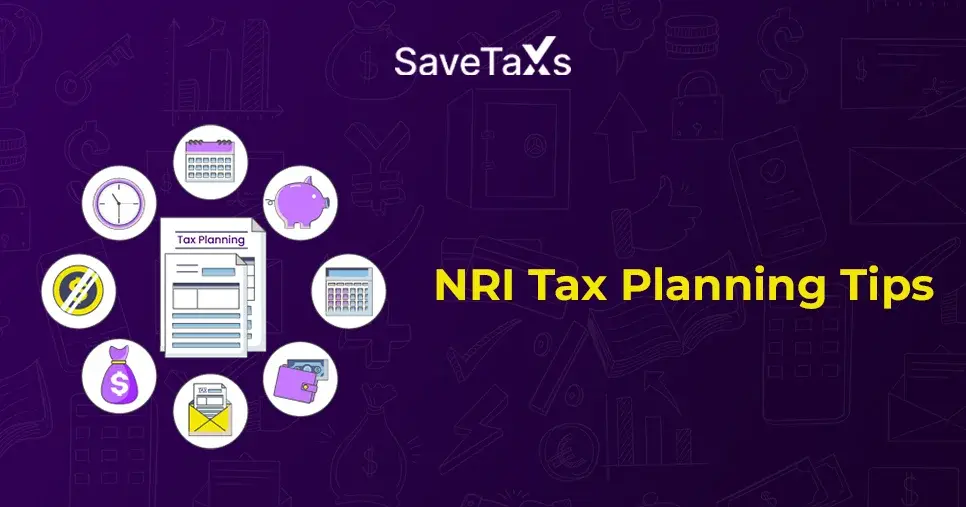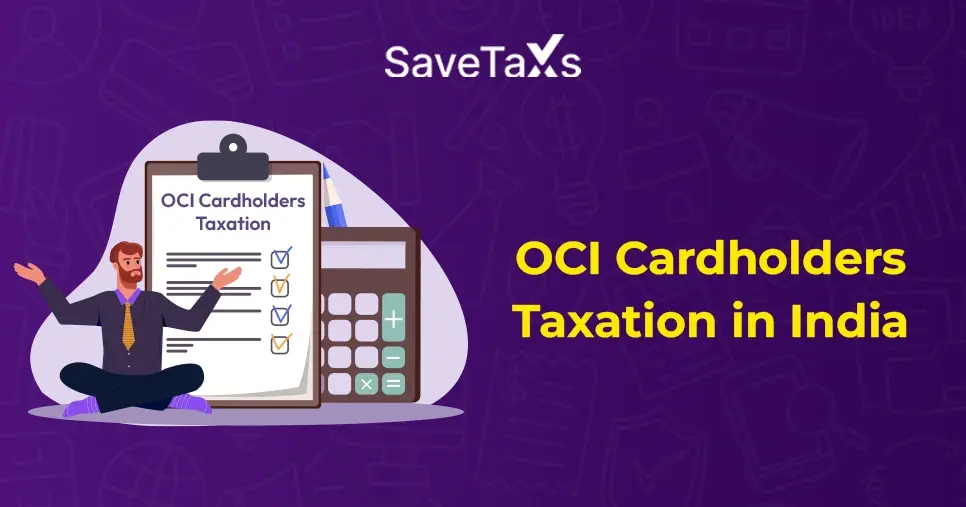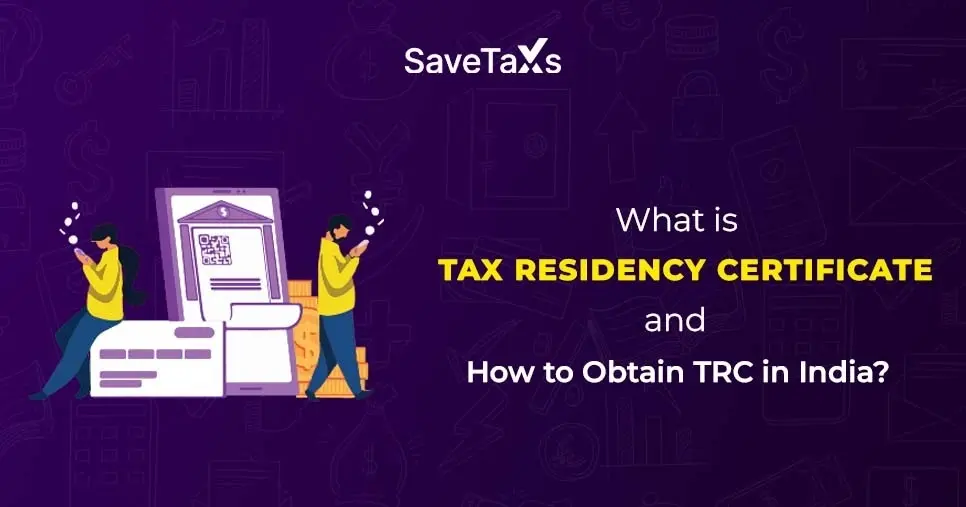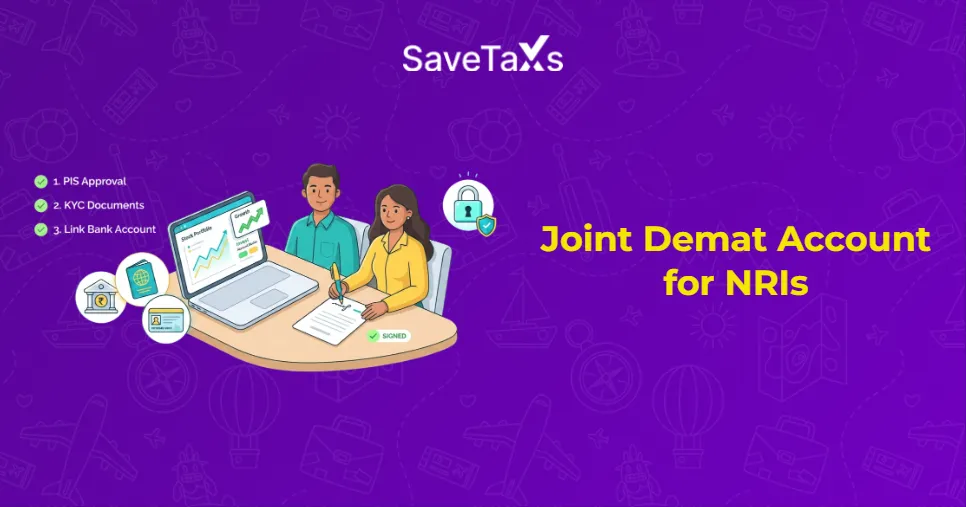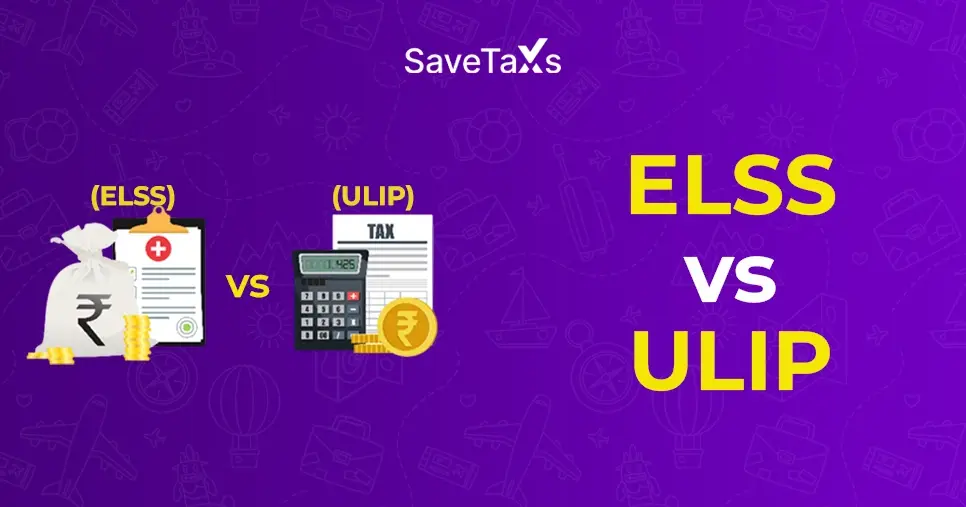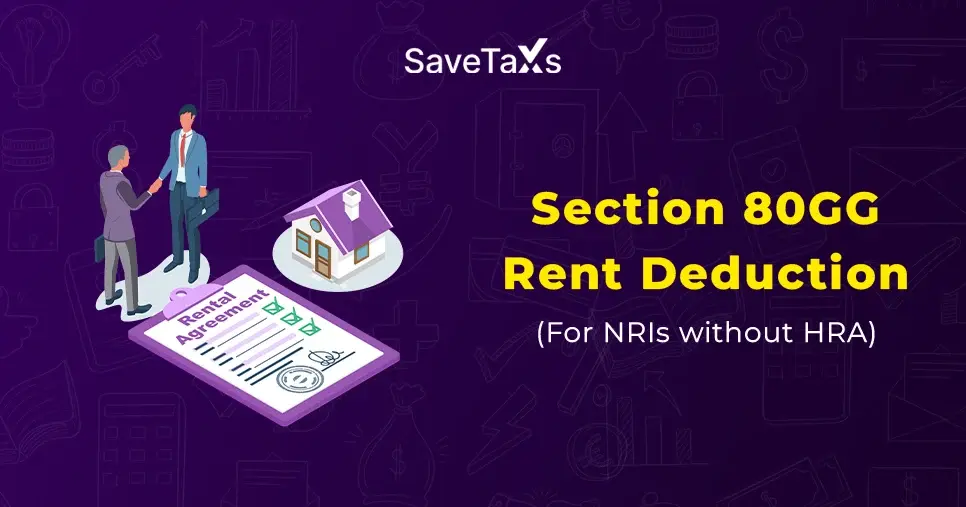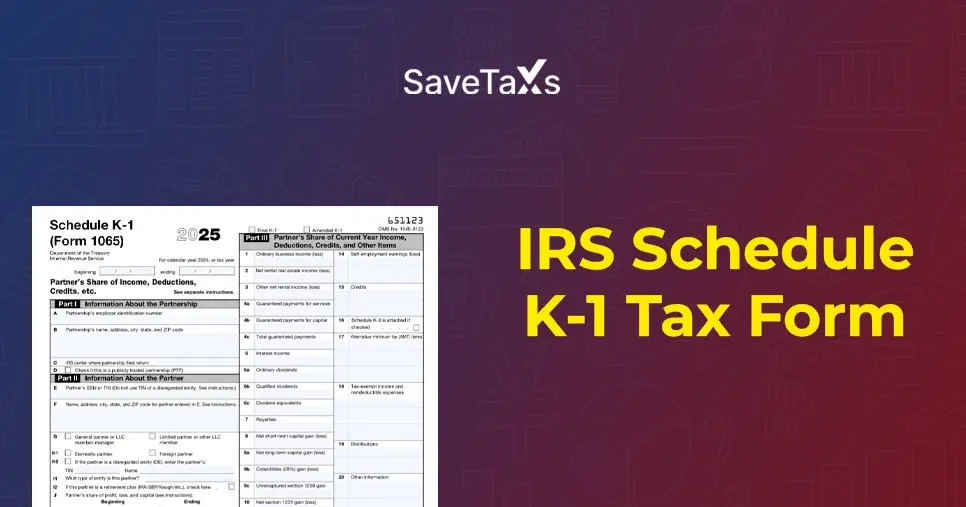The Central and State governments of India mandate a financial charge on individuals and corporations, which in turn helps in financing the public services and activities of the government. This financial charge is known as taxes. Taxes are the government's major income source, which helps them build the country's infrastructure and the community.
As a responsible citizen, one must exercise the power to pay taxes to the government. There are different types of taxes, and in this blog, we are going to talk about the various taxes that are imposed in India.
The taxes are classified into two categories: Direct Taxes and Indirect Taxes.
Direct Taxes
Direct taxes, as the name suggests, are imposed on the income and profits of an individual. This tax is paid directly to the government of India, and the concerned taxpayer cannot transfer the liability of this tax to another entity or person, including income tax, personal property tax, FBT, etc. The central board of Direct Taxes (CBDT), which the Department of Revenue administers, governs the direct taxes in India.
Apart from this, the CBDT also coordinates in the planning stages of the direct taxes as well as looks after their implementation.
Types of Direct Taxes Imposed in India
Here are a few types of Direct Taxes imposed in India.
Income Tax: Income tax is a direct tax imposed on the taxpayer's annual income if they fall within the income tax bracket established by the Government of India.
Wealth Tax: Also known as the net worth tax or the equity tax, this type of direct tax is imposed on individuals, HUFs, and companies, based on their annual net wealth.
Corporate Tax: This type of direct tax is also known as the company tax or the company income tax, which is imposed on the annual capital or income of corporations and other similar legal entities.
Indirect Taxes
Indirect taxes are those taxes that an individual pays to the government through an intermediary source. This intermediary source collects the taxes and then passes them to he government. Unlike direct taxes, the liability of indirect taxes can be shifted to others.
For example, if the government of India imposes a particular kind of tax on a service provider, the liberty or the tax burden is passed on to the end consumer, who will ultimately pay it.
The indirect taxes are governed by the Central Board of Indirect Taxes and Customs (CBIC), which operates under the Department of Revenue (DOR).
Types of Indirect Taxes Imposed in India
Here are a few types of Indirect taxes imposed in India.
Service Tax: This type of indirect tax is collected by the government of India from individuals after they have consumed the taxable services provided by restaurants, cab services, travel agents, cable providers, etc. Service tax was a part of the Finance Act per Section 65 and was announced in the year 1994.
Excise Duty: This type of indirect tax is imposed on domestically produced goods. In other words, excise duty is imposed by the government of India on the sale, production, or license of specific goods within the country.
Sales Tax: Sales tax is a type of tax paid to the government of India for the sales of services and goods within India.
Goods and Services Tax: GST is a type of indirect tax imposed on various goods and services, and one of the significant benefits of this type of indirect tax is that it eliminates the tax on tax or the cascading tax effect of the previous tax regime.
However, it is important to note that the introduction of the goods and services tax (GST) has led to the replacement of other indirect taxes, such as excise duties, service value added tax (VAT, and state and central taxes on many goods and services.
| Direct Taxes5 | Indirect Taxes | Other Taxes |
|---|---|---|
| Income Tax | Sales Tax | Property Tax |
| Corporate tax | service Tax | Registration Fees |
| Securities Transaction Tax | Octroi Duty | Toll Tax |
| Capital Gains Tax | Custom Duty | Education Cess |
| Gift Tax | Value Added Tax | Entertainment Tax |
| Wealth Tax | Goods and Services Tax | Professional Tax |
Advantages and Disadvantages of Direct Taxes
As they say, every coin has two sides. Similarly, with the advantages, there are disadvantages to direct taxes as well. Let us understand them:
Advantages of Direct Taxes
- Individuals with lower annual income pay lower taxes in comparison to those with higher income, which is progressive.
- Direct taxes help the government of India to curb inflation and reduce inequalities.
- Direct taxes settle a sense of certainty as both the taxpayer and the government know what is to be paid and when it is to be paid.
Disadvantages of Direct Taxes
- There are illegitimate and fraudulent activities through which taxpayers pay lower taxes or, to a certain extent, even avoid them.
- The entire documentation process of taxes can feel complex and even time-consuming.
- The tax liability cannot be transferred to anyone else in the chain.
Advantages and Disadvantages of Indirect Taxes
Let us know under stand the advantages and the disadvantages of the Indirect Taxes.
Advantages of Indirect Taxes
For the indirect taxes, every individual contributes to the nation's economy.
This type of tax is easily collectible from the end consumer.
Indirect taxes have a fair distribution of taxes; that is, essential goods have a lower rate of taxes imposed as compared to the luxurious goods, which have higher tax rates.
The tax liability can be transferred from one person to another, ultimately reaching the end consumer.
Disadvantages of Indirect Taxes
The indirect taxes end up increasing the overall price of services and goods.
Consumers often lack knowledge of the taxes they have paid.
Indirect taxes are regressive.
The amount received in taxes is often predictable, and the amount to be paid depends on the goods and services purchased.
Difference Between Direct and Indirect Taxes
| Direct Taxes | Indirect Taxes |
|---|---|
| Tax on wealth or income | Tax on goods and services |
| Progressive in nature | Indirect taxes are regressive |
| The tax liability cannot be shifted; that is, the person who is paying taxes to the government of India cannot recover it from any other individuals, nor can the liability be put on another person. | The tax liability can be shifted to another person, ultimately to the end consumer. |
Impact of Taxes on Individuals and Businesses
The taxes impact both the individuals and businesses, and let us understand how.
Impact On Individuals
Direct Taxes: Individuals with higher incomes may face higher tax rates, but they can benefit from tax deductions and the relief offered by the Government of India. Direct taxes enable individuals to plan their finances more effectively, as they are transparent.
Indirect Taxes: These taxes affect every consumer equally based on the patterns of their consumption. Individuals with lower income may have to bear a heavier burden due to a high relative spending on taxes and goods.
Impact On Businesses
Direct Taxes: Direct taxes affect a company in a way that requires it to integrate its tax key components and ensure compliance with tax laws, thereby increasing the complexity of tax calculations and the associated paperwork.
Indirect Taxes: Businesses collect indirect taxes from consumers and then pass them on to the government of India. Maintaining the online presence in indirect taxes requires the taxpayer to accurately track both the sales and the taxes on goods and services.
Wrapping Up
By the end of this blog, you must now be aware of the different types of taxes in India, you will be able to have a better idea of the types of taxes you are paying.
Both direct and indirect taxes play a significant role in the economic framework and infrastructure. Understanding both taxes is essential to have a better understanding of how the taxation framework in India works. Now, for NRIs, both direct and indirect taxes can feel like an overwhelming concept. But an experienced NRI tax expert can help you sail through the sea of taxes quite easily, and that's when a leading NRI taxation firm, Savetaxs, comes to the rescue.
Savetaxs have been helping NRIs like you for decades with taxation services and consultancy. Our satisfied clientele and access to thousands of NRIs speak volumes for the kind of services we offer. Our team of experts has over 30 years of experience with Indian and foreign taxes, guiding NRIs with the best tax advice.
Expert NRI tax assistance is just a call away, connect with us and save big on the taxes you have been paying in India.
Note: This guide is for informational purposes only. The views expressed in this guide are personal and do not constitute the views of Savetaxs. Savetaxs or the author will not be responsible for any direct or indirect loss incurred by the reader for taking any decision based on the information or the contents. It is advisable to consult with either a Chartered Accountant (CA) or a professional Company Secretary (CS) from the Savetaxs team, as they are familiar with the current regulations and help you make accurate decisions and maintain accuracy throughout the whole process.

Mr Shaw brings 8 years of experience in auditing and taxation. He has a deep understanding of disciplinary regulations and delivers comprehensive auditing services to businesses and individuals. From financial auditing to tax planning, risk assessment, and financial reporting. Mr Shaw's expertise is impeccable.
- Form ITR-V: How to Download Your ITR-V from the Income Tax Portal?
- TDS Certificate Form 16A For NRIs: TDS on Indian Income
- Tax on Dividend Income: Do I Need to Pay Tax on Dividend Income?
- Section 144 of the Income Tax Act: Best Judgement Assessment
- Section 80CCD Of Income Tax Act: NRIs Tax Savings Guide
Want to read more? Explore Blogs
Frequently Asked Questions
No matter what your source of income is, we've got you covered. There’s a plan for everybody!
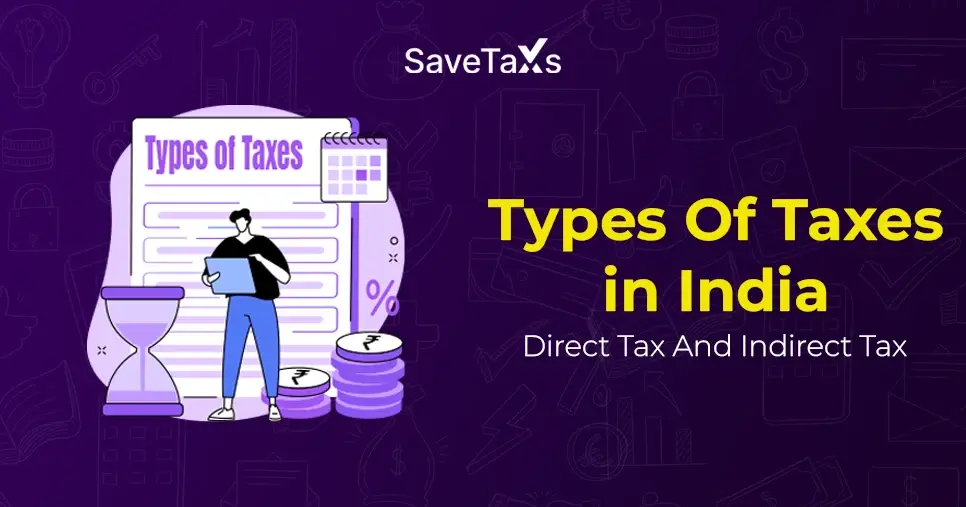
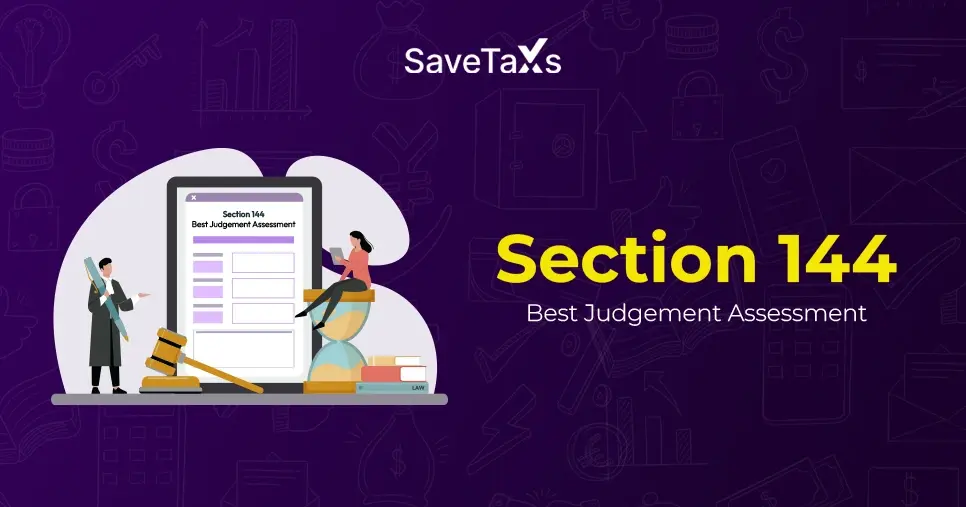
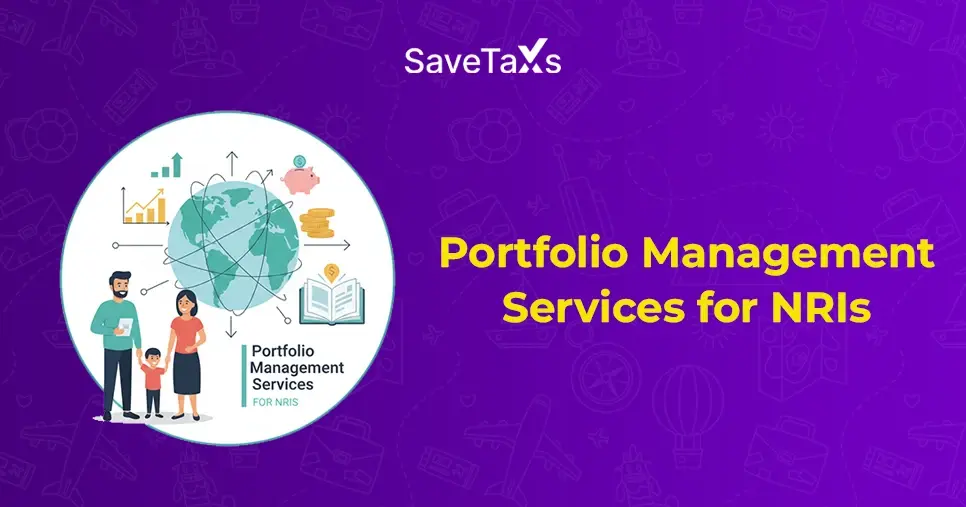
_1767164087.webp)


